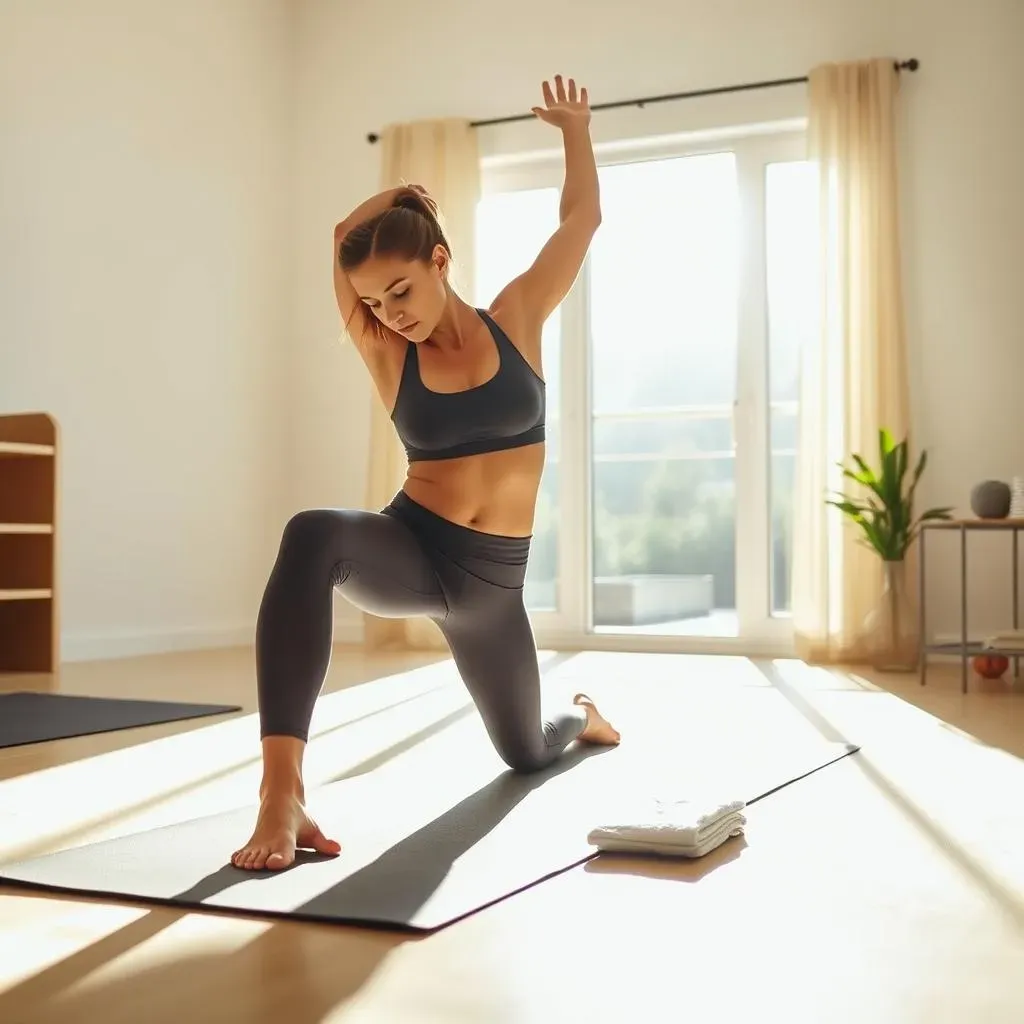Table of Contents
Thinking about getting that intense sweat and deep muscle burn you hear about with hot pilates, but the idea of hitting a studio feels like too much hassle? Maybe you've got a packed schedule, or perhaps group classes just aren't your thing. You're not alone. Plenty of people want the benefits – improved flexibility, core strength, and that satisfying post-workout glow – right in their own space. That's where ahot pilates at home workoutcomes into the picture. It sounds simple enough, right? Just crank up the heat and roll out your mat? Not exactly. There's a bit more to it than just sweating on your living room floor. This guide cuts through the fluff and gets straight to what you need to know. We'll walk you through how to realistically create a warm environment, what basic equipment you actually need (hint: it's less than you think), and the core moves that will give you a real workout. We'll also tackle the crucial stuff, like staying safe when you're turning up the temperature without an instructor right there. Stick around, and you'll learn how to build a solid hot pilates routine without ever leaving your house.
Why Try a Hot Pilates at Home Workout?
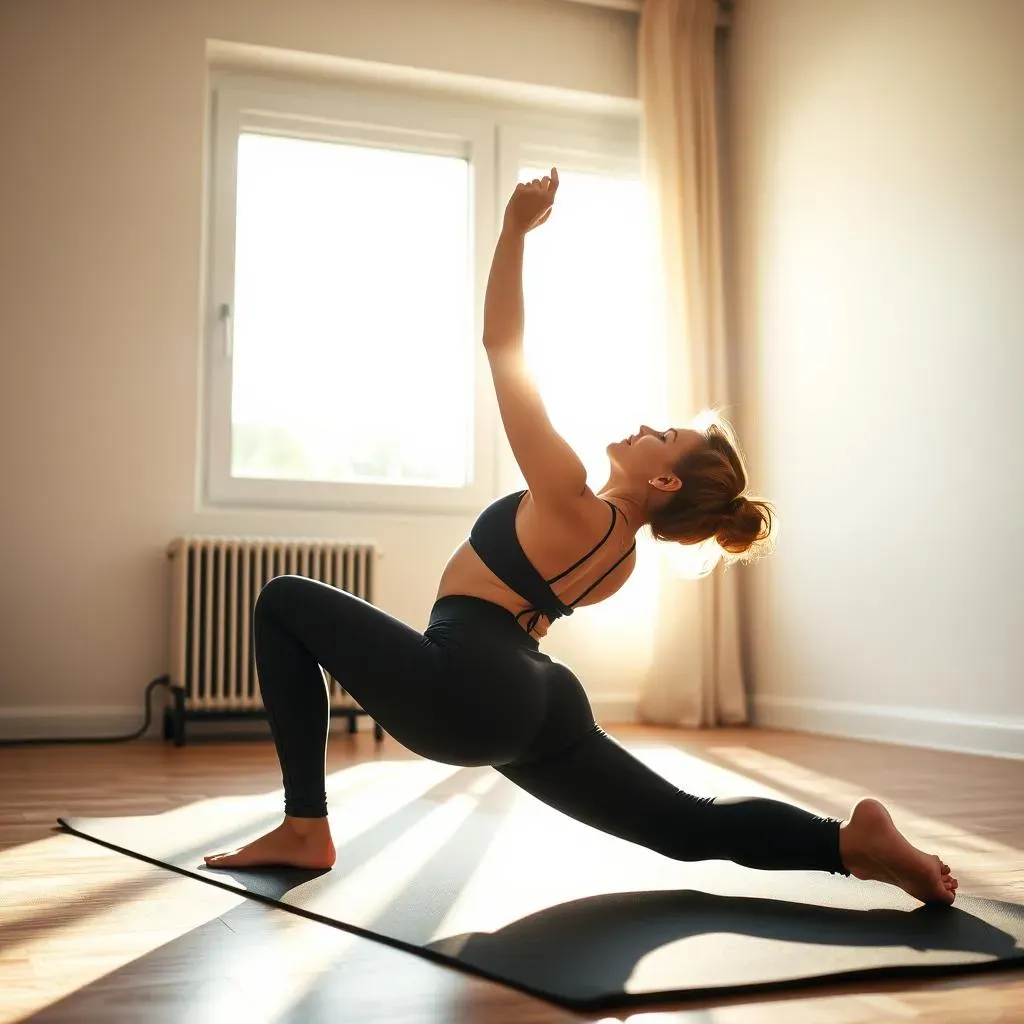
Why Try a Hot Pilates at Home Workout?
Sweat More, Stress Less (at Home)
Look, the appeal of hot pilates isn't just the heat; it's the intensity it adds to already challenging movements. When you add warmth, your muscles become more pliable, allowing for a deeper stretch and range of motion. This isn't just about touching your toes further; it helps prevent injuries by making your body more adaptable. Plus, the increased temperature gets your heart rate up faster, turning those controlled pilates movements into a serious cardio session. And let's be honest, that intense sweat feels incredibly detoxifying, whether it actually is or not is debatable, but the feeling is real. Doing ahot pilates at home workoutmeans you get all these physical benefits without the commute, the crowded studio, or the awkward small talk.
Skip the Studio Scene
Studios are great, sure, but they come with strings attached. You're tied to a schedule, paying often steep membership fees, and sharing sweaty equipment. Ahot pilates at home workoutcuts all that out. You decide when to work out – 5 AM, midnight, whenever you feel the urge. You control the environment (within reason, we'll get to that). No judgment on your questionable workout playlist or your less-than-graceful attempts at a teaser. It's just you, your mat, and the heat. This flexibility makes it way easier to stick to a routine, which is the real secret sauce to seeing results. My first attempt involved moving my couch and hoping the space heater didn't trip a breaker. It wasn't glamorous, but it worked.
So, why bother? Here's a quick rundown:
- Increased flexibility and range of motion
- Enhanced muscle strength and tone
- Better core stability
- Potential for increased calorie burn
- Major stress reduction through focused movement and heat
- Complete control over your schedule and environment
- Cost savings compared to studio memberships
Setting the Scene: Creating Heat for Your At Home Workout
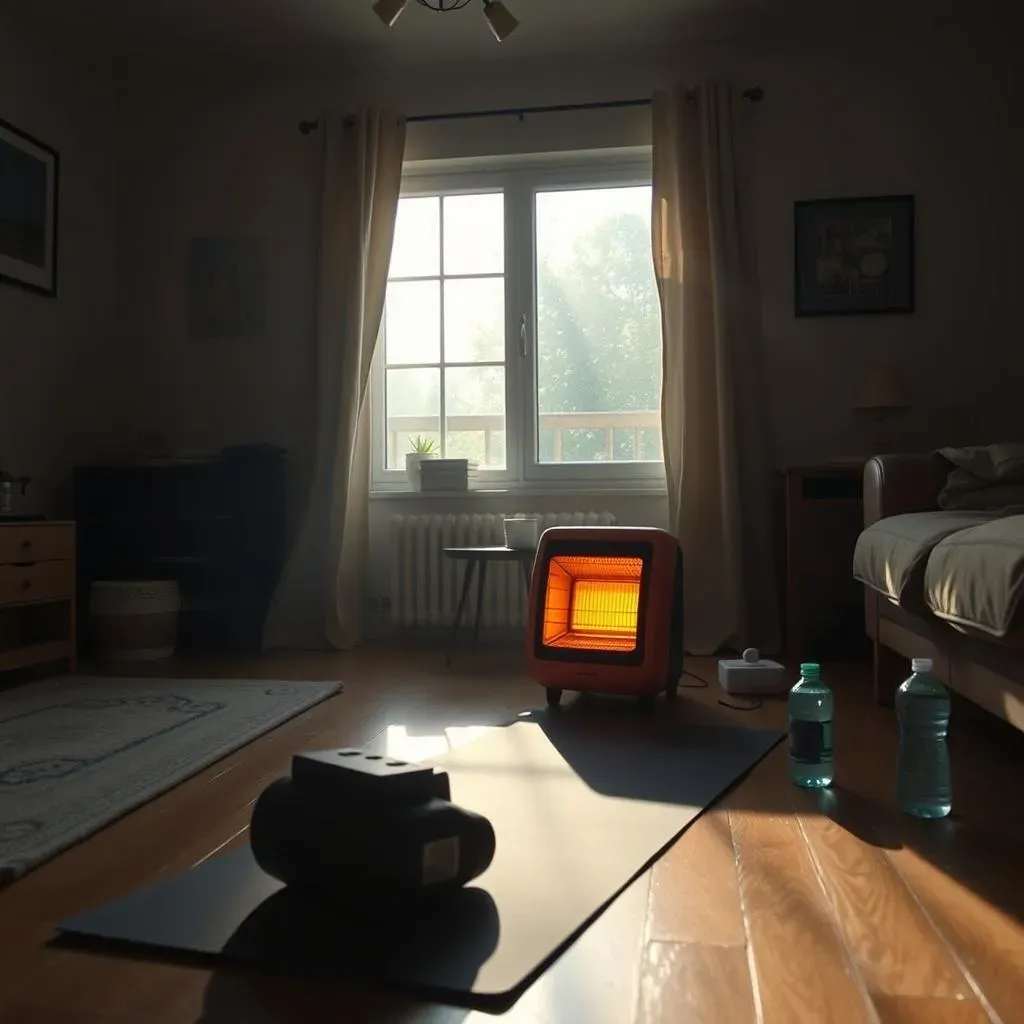
Setting the Scene: Creating Heat for Your At Home Workout
The Reality of At-Home Heat
Let's be real. Turning your living room into a professional hot yoga studio isn't happening unless you've got serious HVAC modifications and a willingness to live in a perpetual sauna. Those studios use specialized heating systems that maintain consistent, high temperatures and humidity. Your apartment radiator or a single space heater isn't going to cut it for a truehot pilates at home workout. The goal here isn't to perfectly replicate a studio environment. It's about making your space warm enough to encourage a deeper sweat and muscle pliability without risking overheating or damaging your home. Think "warm and stuffy" rather than "tropical rainforest."
Practical (and Imperfect) Ways to Warm Things Up
Alright, so how do you actually add some heat without breaking the bank or setting off smoke detectors? The simplest method is often the least glamorous: close doors and windows to seal off the room you're using. If it's summer, let the sun do some work before you start. In colder months, a space heater can help, but position it safely away from anything flammable and definitely not pointing directly at you. Running a hot shower beforehand with the bathroom door open can add a bit of humidity and warmth to a nearby room, though the effect is temporary. It's about creating a noticeable temperature difference, not hitting 105 degrees Fahrenheit.
Here are a few low-tech heat boosters:
- Close off the workout room completely.
- Use a safe, well-maintained space heater (with caution!).
- Run a hot shower nearby before starting.
- Work out during the warmest part of the day if possible.
- Wear slightly warmer, but still breathable, workout clothes.
Managing Expectations and Safety First
Crucially, don't push it. The heat is an enhancer, not the main event of yourhot pilates at home workout. If you start feeling dizzy, nauseous, or overly lightheaded, the heat is too much. Period. There's no instructor to tap you on the shoulder and tell you to take a break. You are the safety monitor. Make sure you have water easily accessible and take sips often. Listen to your body – it's not a sign of weakness to open a window or turn off the heater if you're struggling. Getting a good workout is the goal, not seeing who can withstand the most self-imposed heat torture.
Essential Gear and Moves for Your Hot Pilates Session
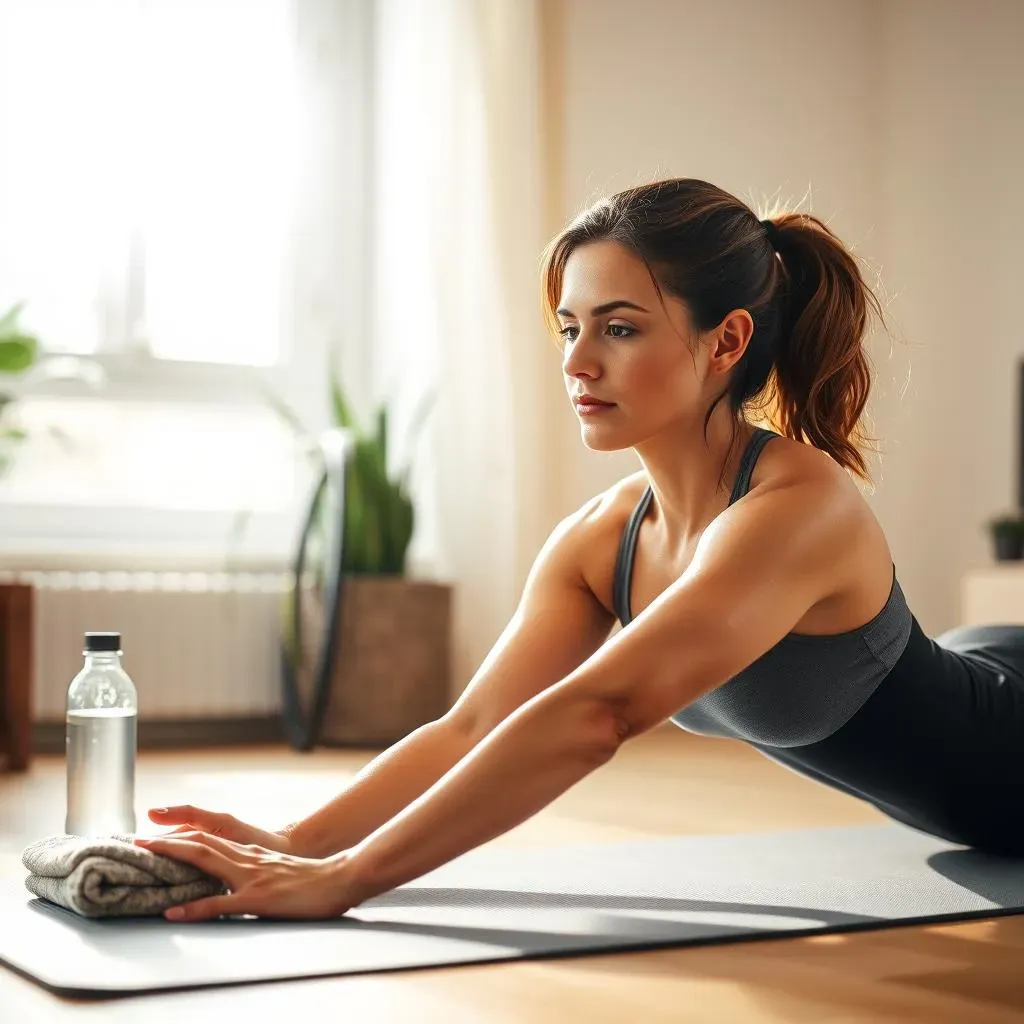
Essential Gear and Moves for Your Hot Pilates Session
What You Actually Need on Your Mat
Alright, let's talk gear. You don't need a fancy reformer or a wall unit for a solidhot pilates at home workout. The absolute non-negotiables are a good mat, a towel (probably more than one), and water. Your mat should be non-slip, because things are going to get sweaty. Nobody wants to slide face-first during a plank. A thicker mat can be kinder to your joints, but grip is paramount. As for towels, bring a small one for your face and hands, and maybe a larger one to lay over your mat if it gets really slick. Hydration isn't optional; have a full water bottle within easy reach. Sipping water throughout is crucial when you're intentionally raising your body temperature.
Beyond the basics, you *can* add things, but they aren't required to start. Resistance bands are great for adding challenge to leg and arm work. Light hand weights (1-3 lbs) can intensify exercises like the Hundred or arm circles. But seriously, start simple. See if you even like sweating this much at home before you invest in accessories.
Foundation Moves for the Heat
Pilates is built on core strength, control, and precision. Adding heat doesn't change the fundamental movements, it just makes them feel... warmer. And harder, frankly. Focus on form over speed, always. Start with the classics. The Hundred is perfect for warming up the core. Roll-Ups challenge your abdominal control. Leg Circles work hip mobility and core stability. Planks and side planks build serious full-body strength. Glute Bridges hit the posterior chain. These moves are scalable – you can modify them to be easier or harder depending on where you're at.
Don't just go through the motions. Engage your core, control your breath, and move with intention. That's the pilates part. The heat just amplifies the effort.
- The Hundred (modifications available)
- Roll-Up (focus on spinal articulation)
- Single Leg Circles (control the hip)
- Plank and Side Plank (engage everything)
- Bridge Pose (squeeze those glutes)
- Series of Five (classic core sequence)
Structuring Your Sweaty Session
Think of yourhot pilates at home workoutlike any good class: warm-up, main event, cool-down. Start with a few minutes of gentle movement – cat-cow, gentle twists, maybe some easy marching in place – to get the blood flowing before the heat really kicks in. Then move into your main sequence of pilates exercises, focusing on controlled repetitions rather than rushing. Listen to your body; if a move feels too intense with the added heat, back off or try a modification. My first time attempting the Hundred in a warm room felt like trying to breathe underwater while doing crunches – I had to dial it back significantly.
Finish with a cool-down. Static stretching feels amazing after working in the warmth. Hold stretches for 20-30 seconds, breathing deeply. This is also your chance to just lay there, drenched in sweat, and feel vaguely accomplished. Don't forget to rehydrate immediately after you're done.
Mastering Your Hot Pilates at Home Workout Safely
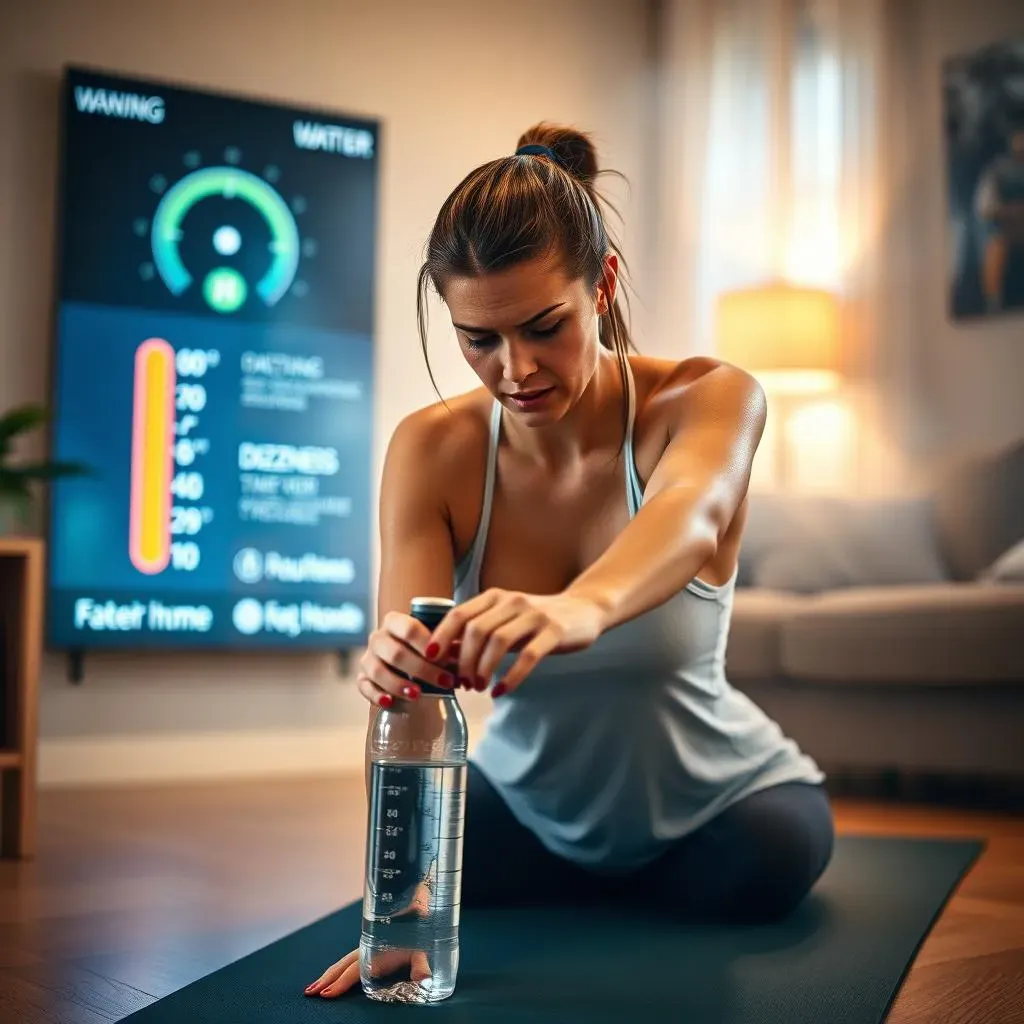
Mastering Your Hot Pilates at Home Workout Safely
Listen Up: Your Body Isn't Lying
Look, pushing yourself is part of any workout, but doing ahot pilates at home workoutadds an extra layer of potential risk. When you're heating things up, your body works harder just to regulate its temperature. Ignoring signals in this environment is just asking for trouble. Dizziness, nausea, a sudden headache, or intense muscle cramping are not signs you're "killing it." They're signs you need to stop. Immediately. There's no medal for passing out on your living room floor. Get to a cooler space, hydrate, and rest. Seriously, your ego can wait. It's better to cut a session short than end up needing medical attention because you ignored the warning signs.
Hydration is Non-Negotiable, Environment is Key
You're going to sweat. A lot. This isn't just a little glow; it's a full-on pour. Replacing those fluids isn't optional for a safehot pilates at home workout. Drink water before you start, sip frequently during the workout, and keep drinking after you finish. Don't wait until you're parched. By then, you're already behind. Also, pay attention to your surroundings. Is the air getting too thick? Is the heater making things feel suffocating? Don't hesitate to crack a window or turn off the heat source if it feels like too much. Your home setup isn't a controlled studio environment, so you have to actively manage it. Think of yourself as the thermostat and the safety officer rolled into one.
Signs you might be overheating:
- Excessive sweating that suddenly stops
- Cold, clammy skin
- Nausea or vomiting
- Dizziness or lightheadedness
- Headache
- Muscle cramps
- Rapid, weak pulse
Making Your At Home Hot Pilates Work
So, you've seen that ahot pilates at home workoutisn't just about sweating profusely while doing some leg lifts. It requires a bit of planning – figuring out how to get your space warm enough without setting off smoke detectors, grabbing a few basic pieces of gear, and actually doing the work consistently. It's not a magic bullet, and your first few attempts might feel awkward or less intense than a studio class. But sticking with it, paying attention to your body, and prioritizing safety over pushing too hard in the heat is the real trick. You can definitely build strength and flexibility this way. Just manage expectations, be smart about the heat, and show up on your mat.
